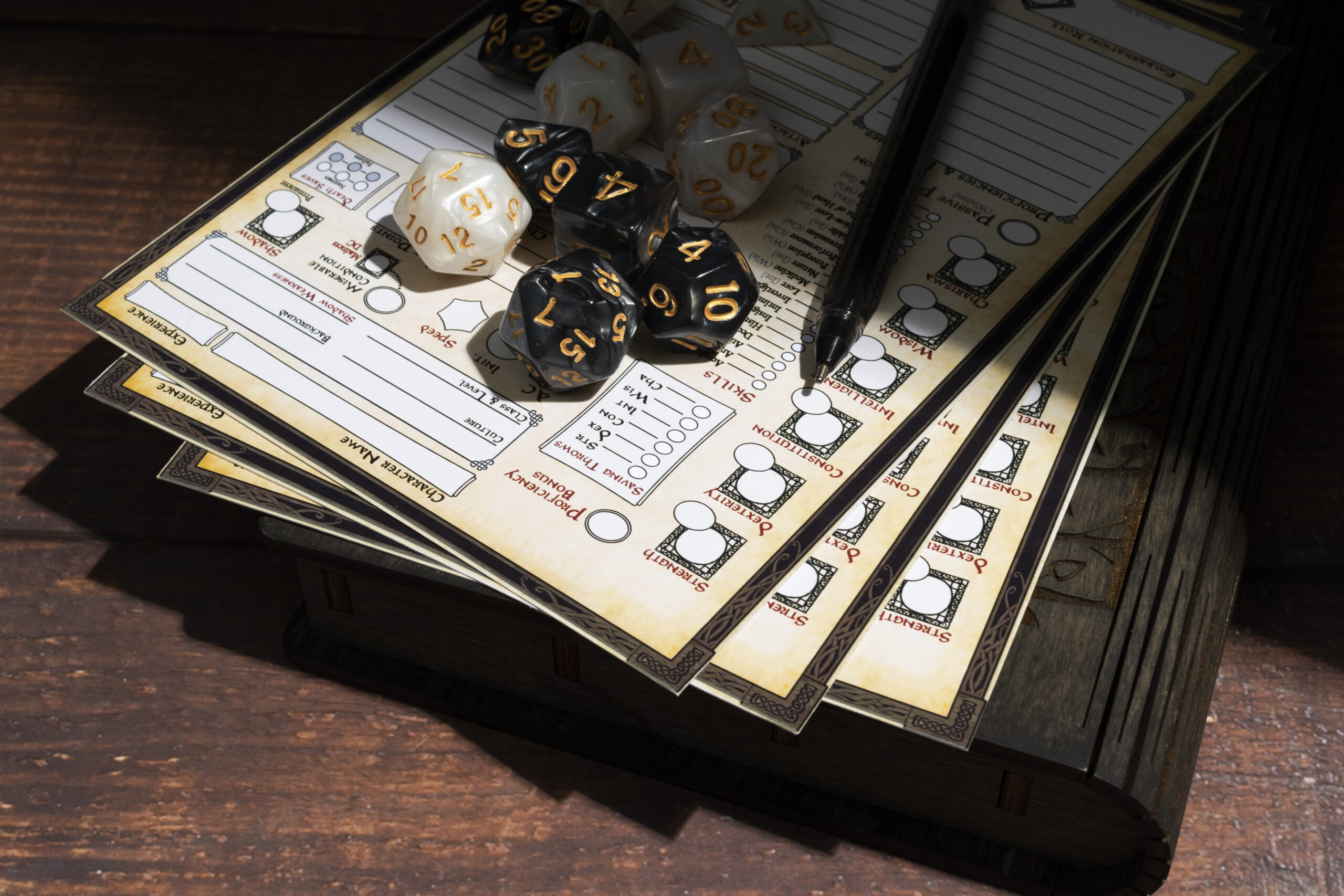Playing Dungeons and Dragons (D&D) with kids can be a fun and rewarding experience for both adults and children. D&D is a tabletop role-playing game that has been around since the 1970s, and it allows players to create and control characters in a fantasy world that the game master (GM) (or dungeon master) describes and manages. Here are some tips and strategies for playing D&D with kids.
First, it is important to understand that kids have shorter attention spans than adults and that their level of engagement in the game can fluctuate. Therefore, it is important to keep the game interesting and engaging. One way to do this is to involve the kids in character creation. Let them pick their races, classes, and attributes. This will give them a sense of investment in their characters and the game, and it allows them to tap into their creativity.
Another strategy is to keep the rules simple. Kids may not be able to handle complex rules or understand all the nuances of character creation. Therefore, it is important to start with the basics and gradually build their understanding and skills. You can also simplify combat rules and leave out certain aspects of the game that may be too complicated for them.
It is also important to maintain an appropriate level of challenge for the kids. You don’t want the game to be too easy, as that can lead to boredom, but you also don’t want it to be too difficult, as that can lead to frustration. You can gauge their level of interest and adjust the difficulty accordingly. For example, if they are doing well in combat encounters, you can increase the difficulty of the monsters they fight.
One way to keep kids engaged and interested is to appeal to their imagination. Use descriptive language to create vivid images of the game world. Encourage the kids to describe their characters and actions in creative ways. This can lead to memorable moments and keep them invested in the game.
Another strategy is to make the game social. D&D is a collaborative game, and it can create social bonds between players. Encourage the kids to work together, help each other, and build on each other’s ideas. This can lead to teamwork, problem solving, and social skills.
Finally, it is important to be patient and flexible. Kids may not always follow the rules, or they may have trouble understanding certain aspects of the game. It is important to be patient and offer positive reinforcement. Praising them for their accomplishments and successes can help build their confidence and keep them engaged in the game. Positive reinforcement can come in many forms, such as experience points, treasure, or even just verbal praise. It is also important to let the kids lead the game in their own direction. Encourage them to ask questions, make decisions, and contribute to the storyline. This can help them feel empowered and invested in the game. Overall, playing D&D with kids can be a fun and rewarding experience, as long as you keep their engagement and interest in mind. By involving them in character creation, simplifying the rules, appealing to their imagination, making the game social, being patient and flexible, and offering positive reinforcement, you can help them have a memorable and enjoyable experience playing this classic game.

